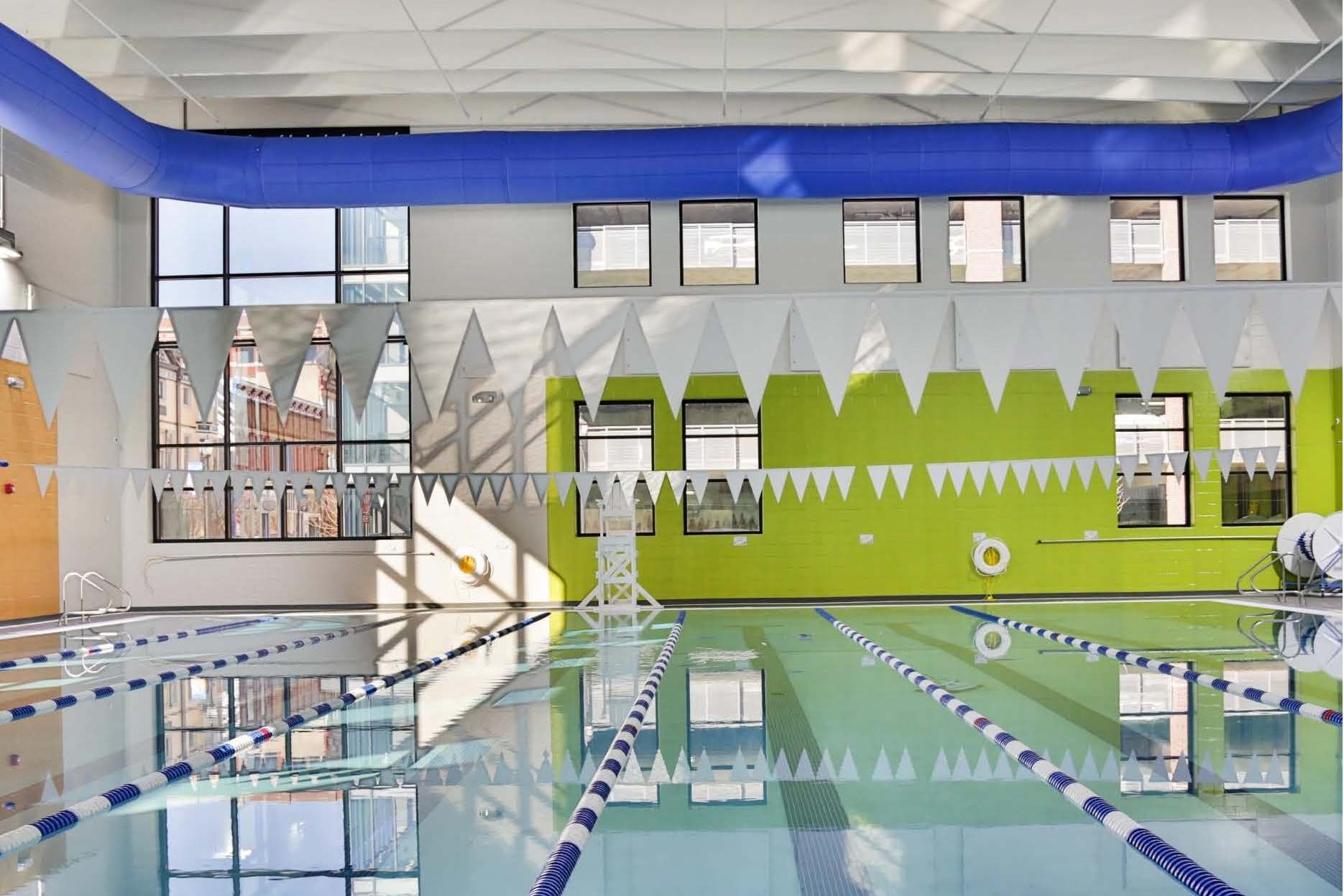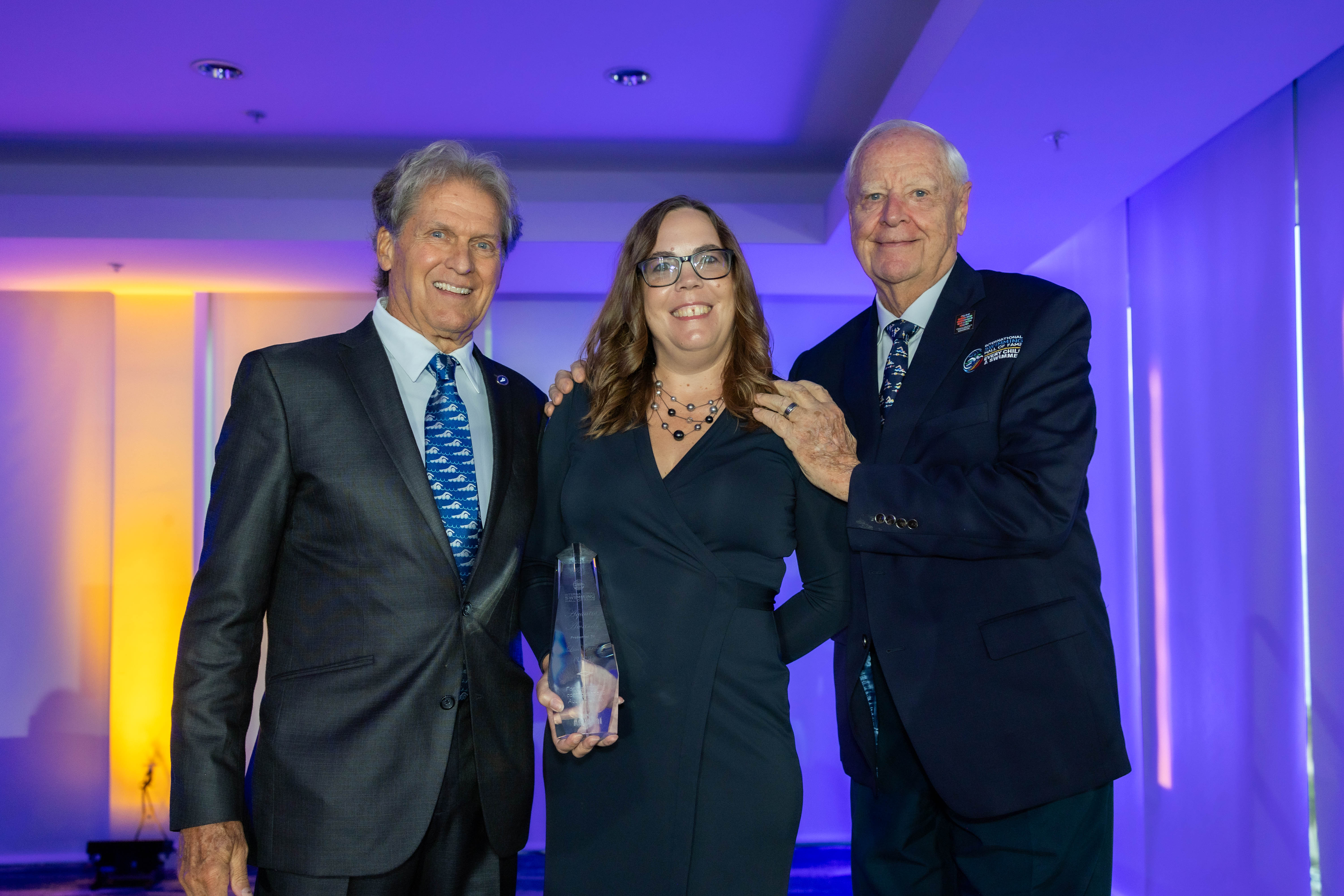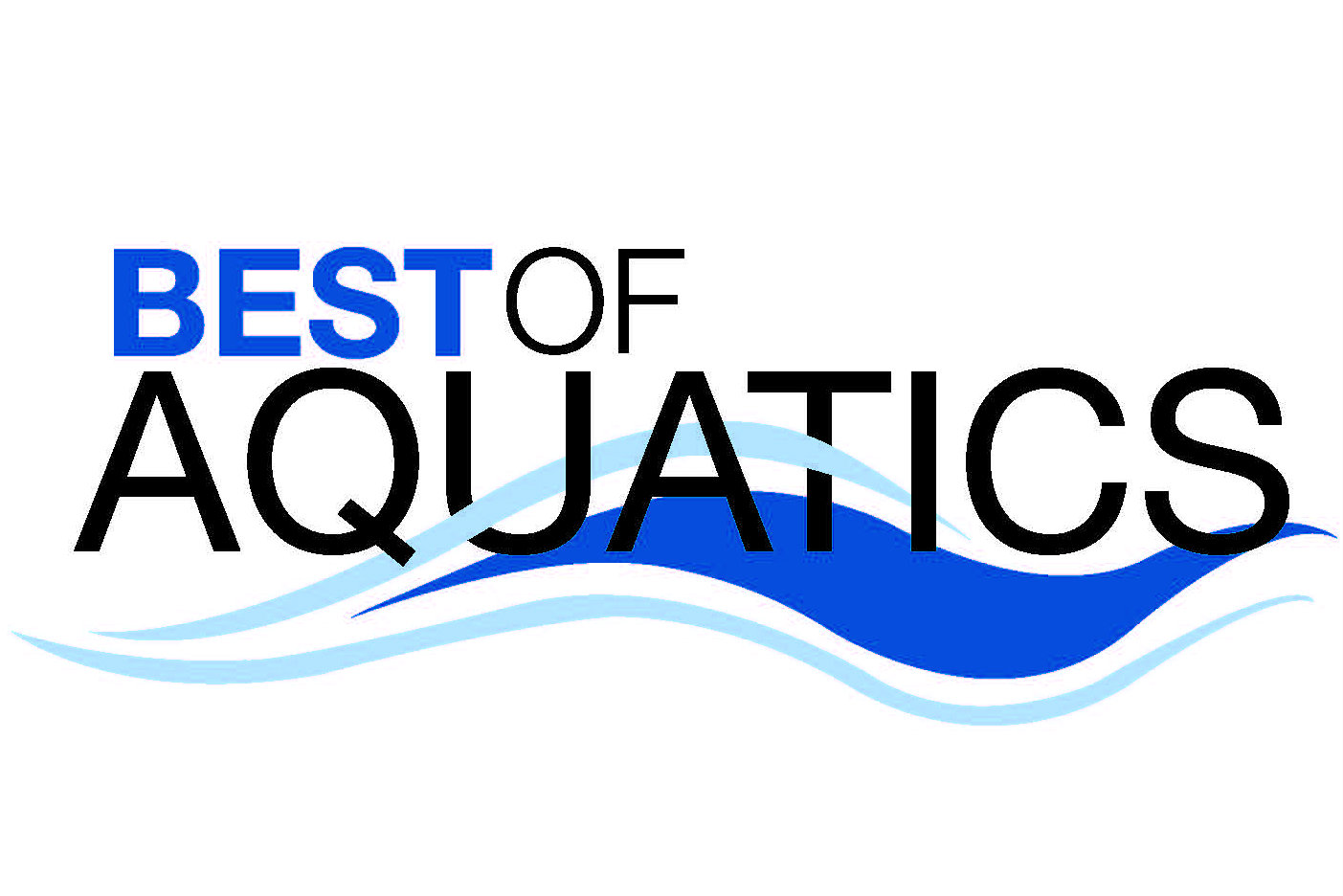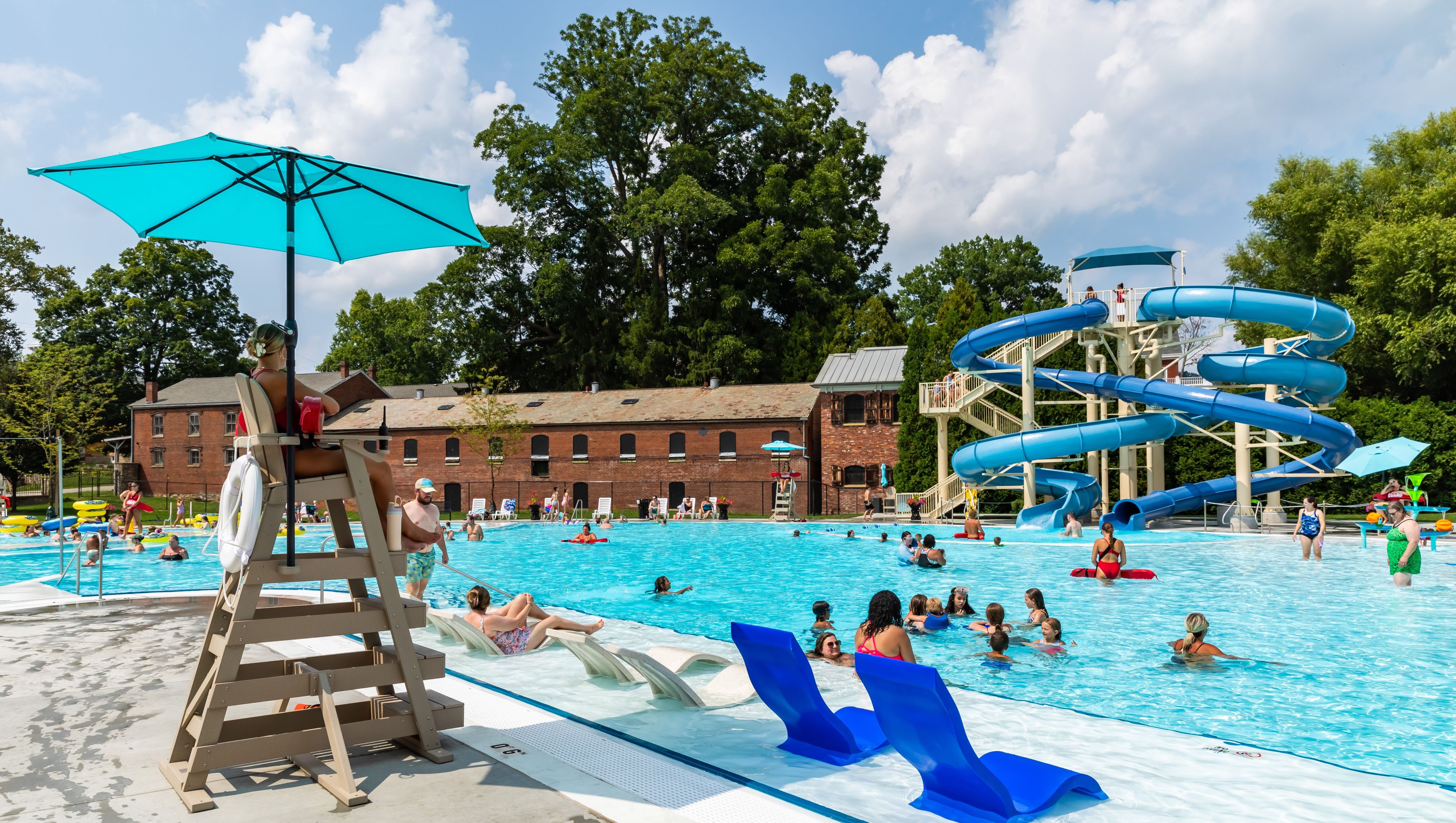It’s fair to say that, as challenging as last year was, some positive things were born from it.
Such is the case when a brand new organization formed as a result of the crisis.
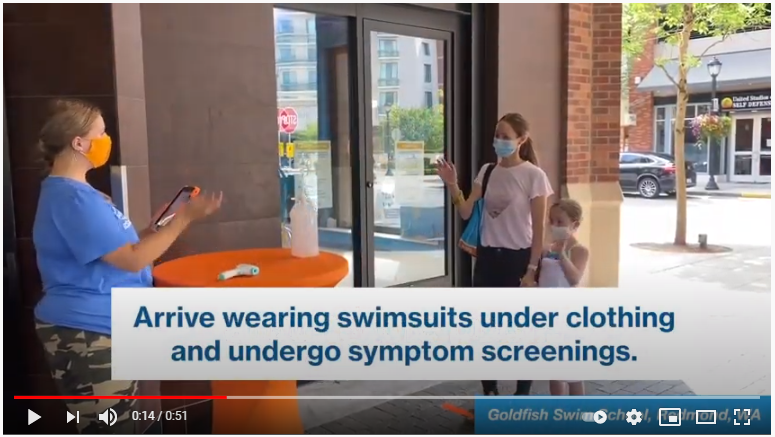
When the shutdowns began, it spurred not only economic concerns for facilities that couldn’t operate, but also worries about what happens when society loses access to pools, particularly youngsters who haven’t yet learned to swim, or who are involved in competitive water sports.
USA Swimming shared that concern. Up to that point, the governing body for competitive swimming in the U.S. helped keep young swimmers busy with virtual coaching sessions, webinars and virtual meetings with Olympians. The idea was to help them continue their progression or, at least, boost their morale.
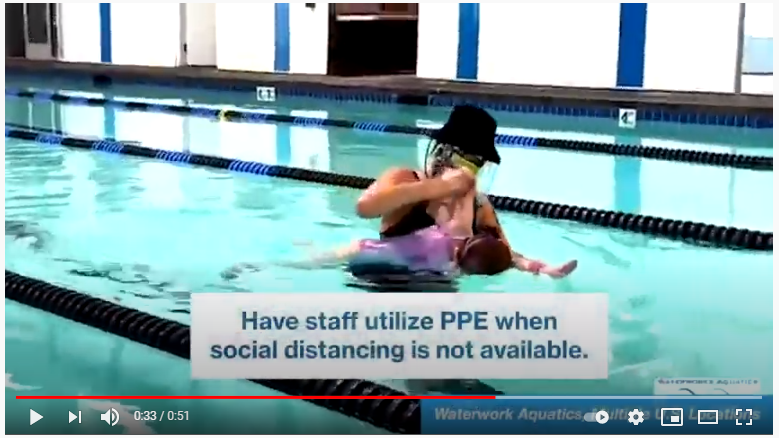
By May, the organization wanted to accomplish more to promote the opening of facilities.

“We had been far enough into the crisis to know that it wasn’t ending anytime soon,” says Shana Ferguson, chief commercial officer of USA Swimming, based in Colorado Springs, Colo. “We figured, ‘We don’t see the end in sight, so we’d better roll up our sleeves and figure out how to do this.’”
Coming together
USA Swimming decided to spearhead a new group to help promote water activities during the shutdowns, in the hopes that government officials would see their value and be more inclined to allow and fund reopenings.
The Aquatics Coalition focuses on what it calls purpose-driven and instructional aquatics — activities such as competitive water sports, aquatic fitness classes, learn-to-swim classes, aquatic therapy and lifeguard certification. These are easier to control in terms of social distancing and, the founders hoped, more palatable to public officials.
To keep the group manageable, the Aquatics Coalition was restricted to national organizations representing purpose-driven aquatics, as well as water safety advocacy groups. “Those organizations could help develop plans that could be disseminated and used at the regional level,” Ferguson says. “Because every region, every municipality, every governor, every mayor is different. So for us to meet with every single governor or every single county official just was untenable.”
So far, 30 associations have joined. To make sure it was advocating safe practices, the Aquatics Coalition also invited the Centers for Disease Control and Prevention, as well as individuals from the medical and science communities.
The group has five committees — the executive committee; research and science; marketing and communications; government advocacy; and facilities and staffing.
With funding from USA Swimming, it hired a firm that specialized in advocacy, outreach and public relations to help develop a strategy for the Aquatics Coalition to communicate with the public as well as public health officials and politicians. The group decided to create advocacy materials such as sample letters for aquatics professionals to modify and use when corresponding with local government. It also developed protocol to safely host competitions and other activities. Additionally, a video made by the group provides an overview of how to safely operate a facility.
Originally housed on USA Swimming’s website, the Aquatics Coalition website includes these materials. Additionally, it serves as something of a clearinghouse of protocols, documentation and research provided by its members.
“We’ve got folks who told us they got their pools open or they got back in the water because of the documentation and science that we were able to put forth,” Ferguson says.
Ongoing mission
The group originally met weekly. Now they don’t meet as often, but they continue with their mission. Most recently, it distributed a survey to see how facilities are doing — which are open, what activities are being accommodated, where COVID cases have sprung up and whether it was transmitted at the facilities. With 1,600 responses, the organization plans to release the results and analysis soon.
“The work continues in earnest, because we still don’t have every single person who needs a swim lesson or every single lifeguard who needs a certification, or every competitive swimmer who wants to race in the water yet,” Ferguson says.
She expects the group to remain intact after the crisis has passed. “We’ve got all the best brains and the biggest hearts in aquatics together,” she says. “It would be silly for us to dissolve this organization.”
“We know it’s been successful and, quite frankly, something born out of real crisis has turned into a real positive bright light for the entire industry.”
